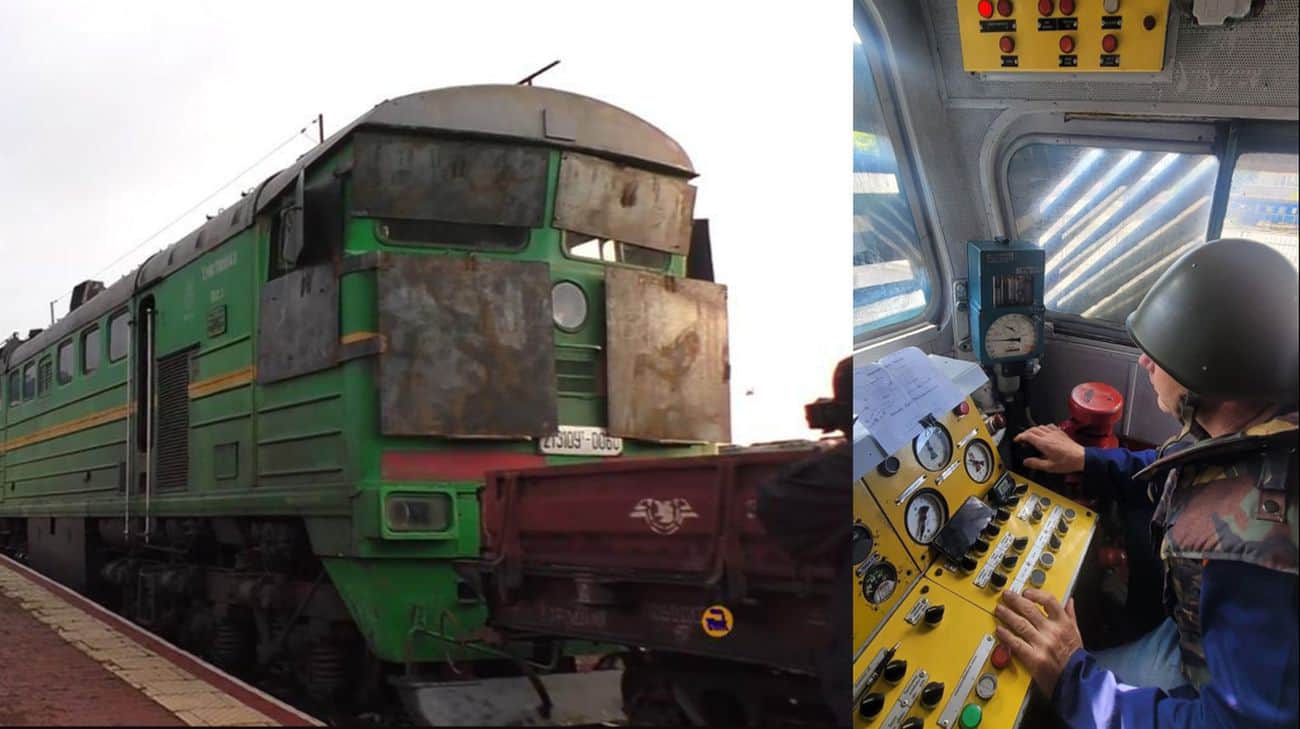Design of 200 million lei for reconfiguration of Otopeni Airport

Giant contract auctioned by the National Company Airports by which the entire airport infrastructure is intended to be designed under the conditions of traffic for 2040.
Visa is mainly Henri Coandă – Otopeni airport that is expected to develop step to a flow of passengers of 6,500 persons/hour, at the level of 2040.
Otherwise, all the design revolves around concepts as a net 0 carbon emissions, sustainability, resilience, optimization of flows and the like.
“The designer will analyze (together with all the entities responsible without being limited to ROMATSA, AACR, BAT, PF, Customs, Airlines, Handling Companies, etc.) and will propose in the concept design stage the following, without limiting to:-Operating Concept: What are the necessary facilities, specific requirements for facilities/ Control Passports/ Trade spaces retail/ food and beverage/ lounge/ gates for the arrival/ customs/ transfer/ other spaces, etc.). a modular execution). shows CNAB.
Otopeni is currently the sixth regional airport as a number of passengers. Over 17 million passengers used this airport last year, corresponding to an average flow of over 3,000 people. In 2040, according to forecasts, passenger traffic will double.
The last extension of the Otopeni Airport was in 2011, when a new terminal was built that involved an investment of 60 million euros. The financing was provided from the own sources of the National Company of Bucharest Airports and from internal credits.
From then until now, the Otopeni has no longer had major works of modernization or extension.







